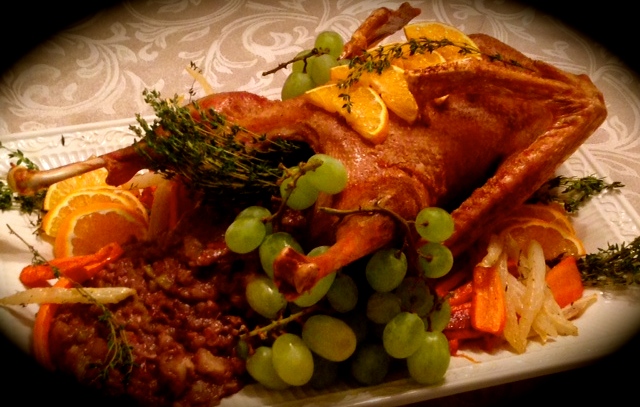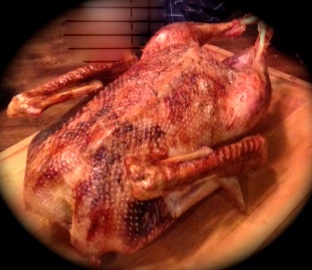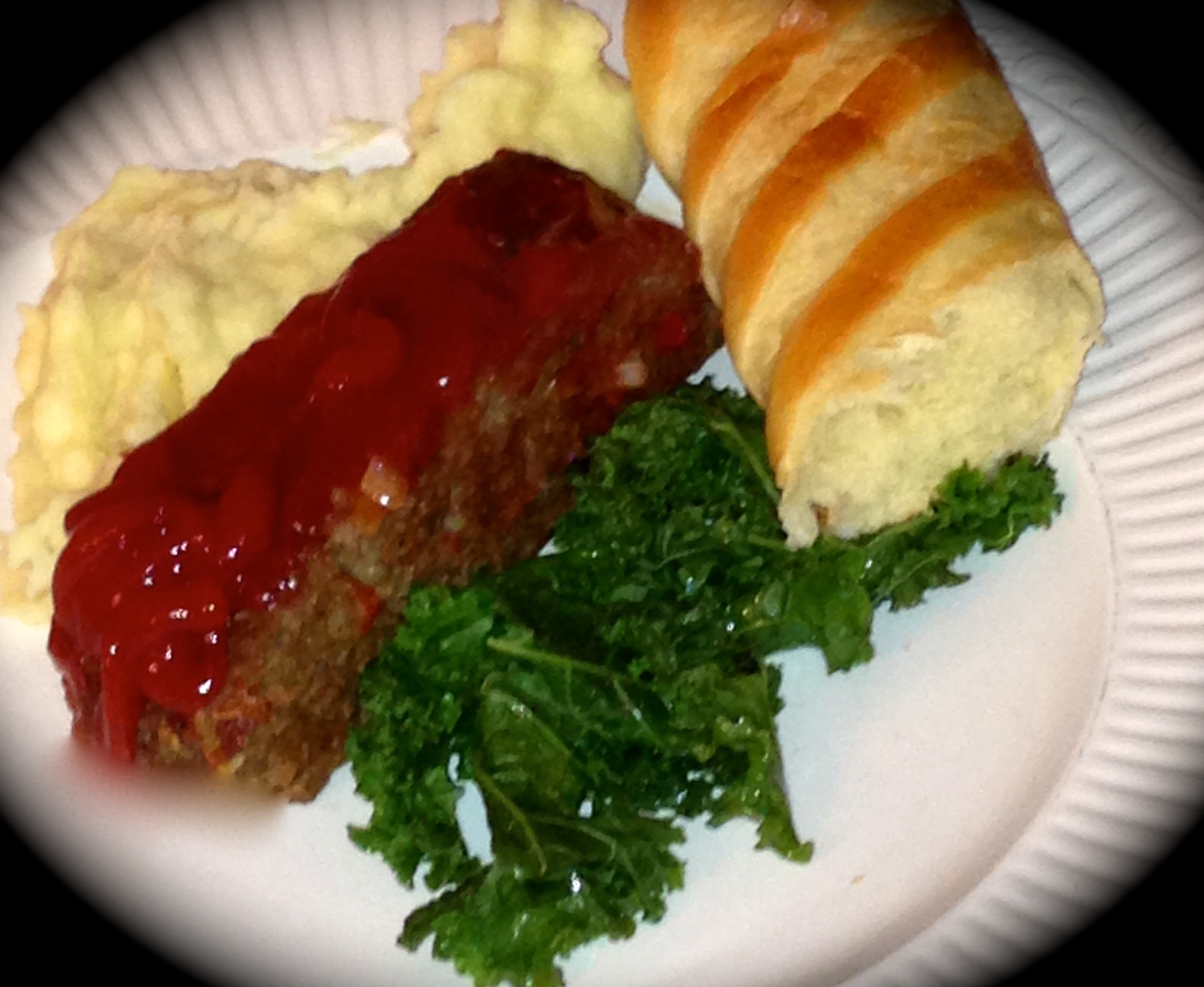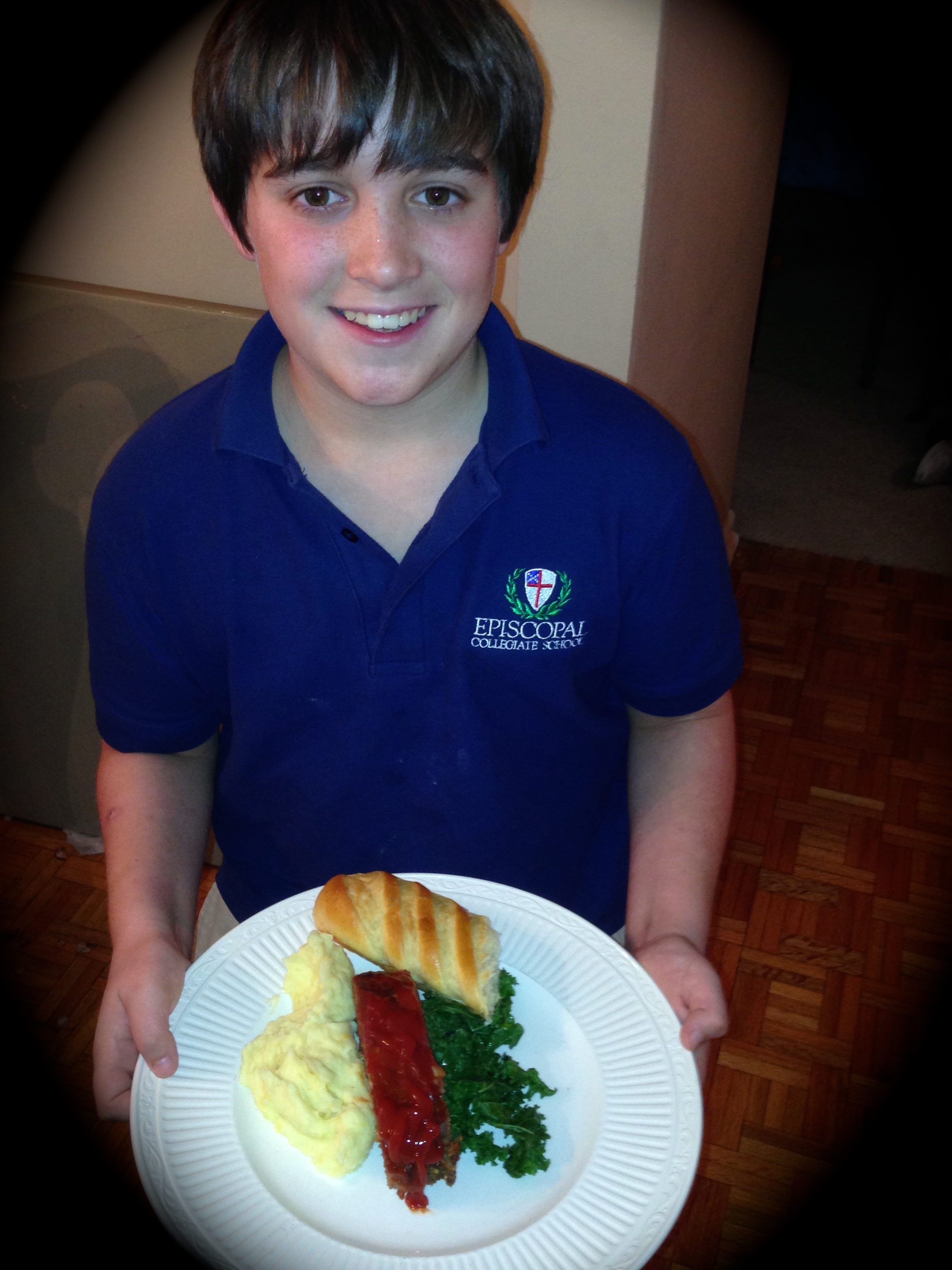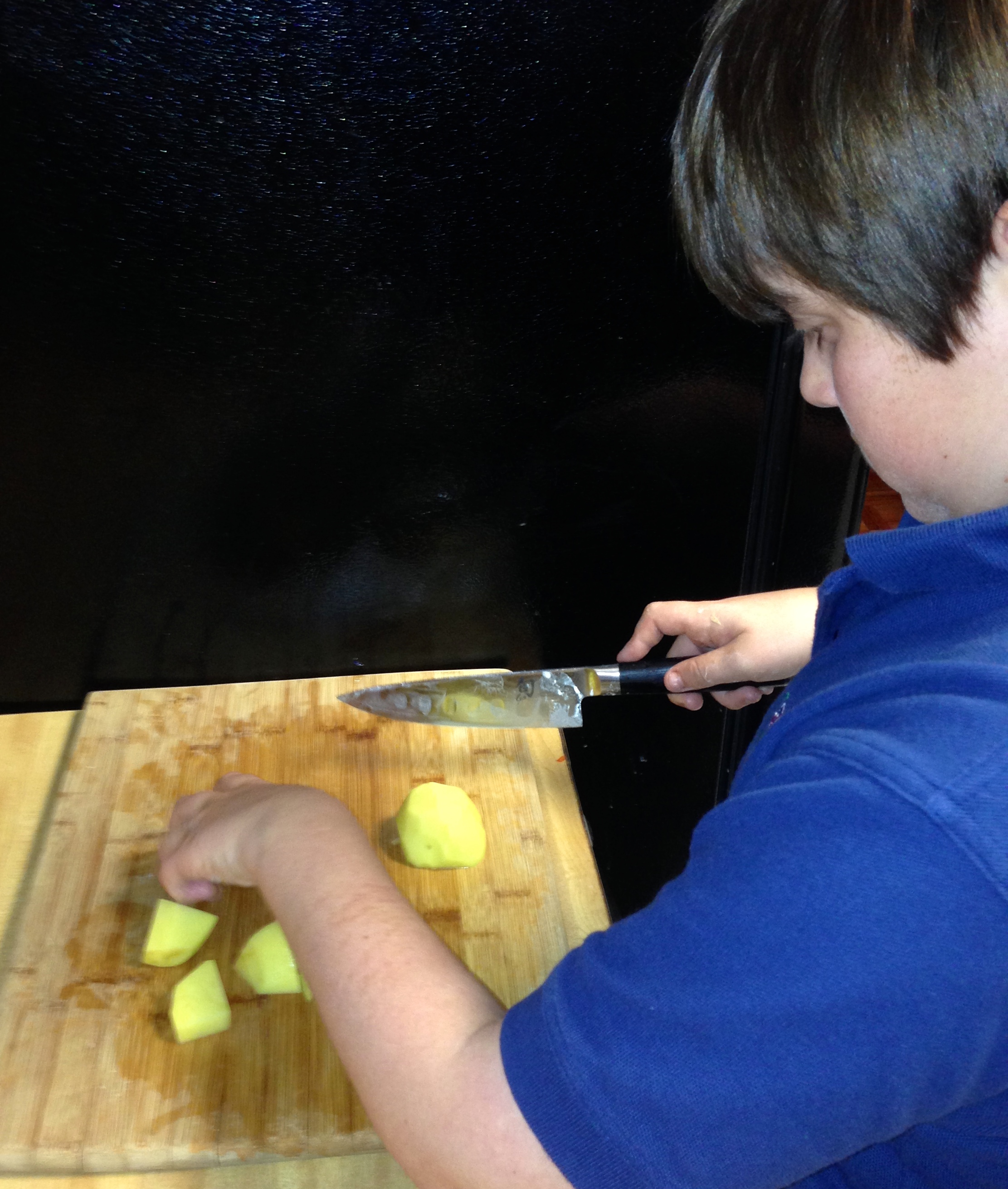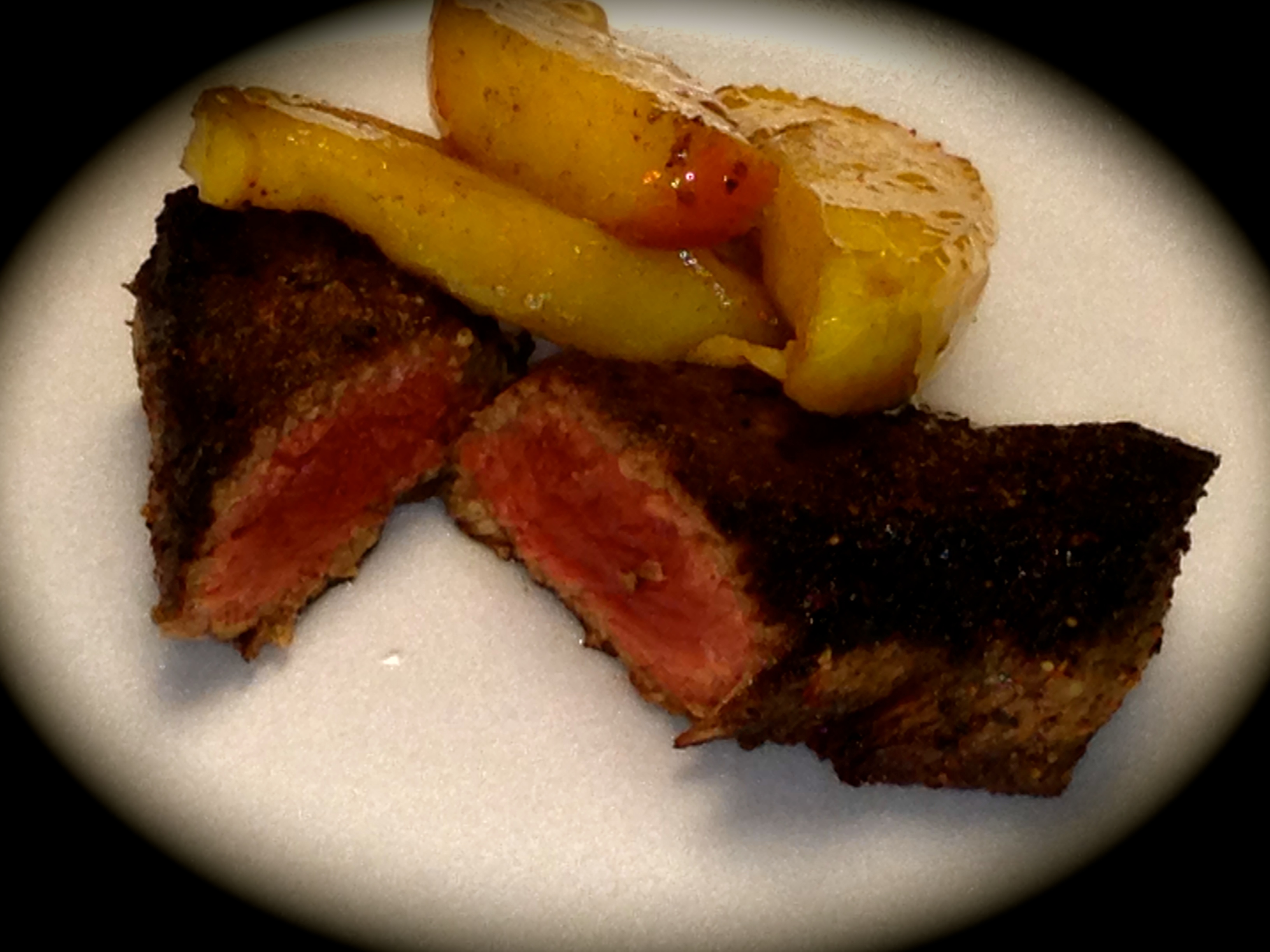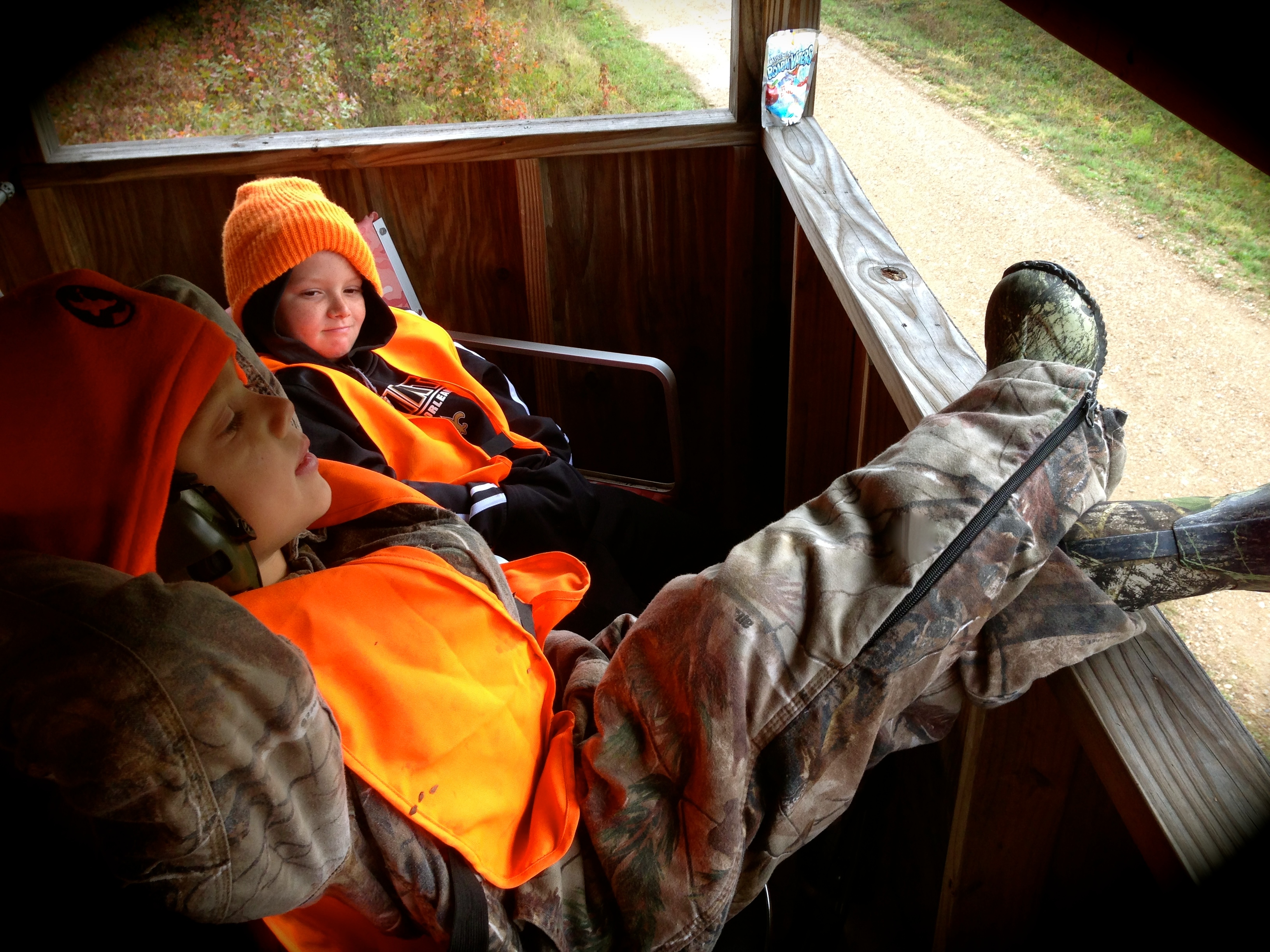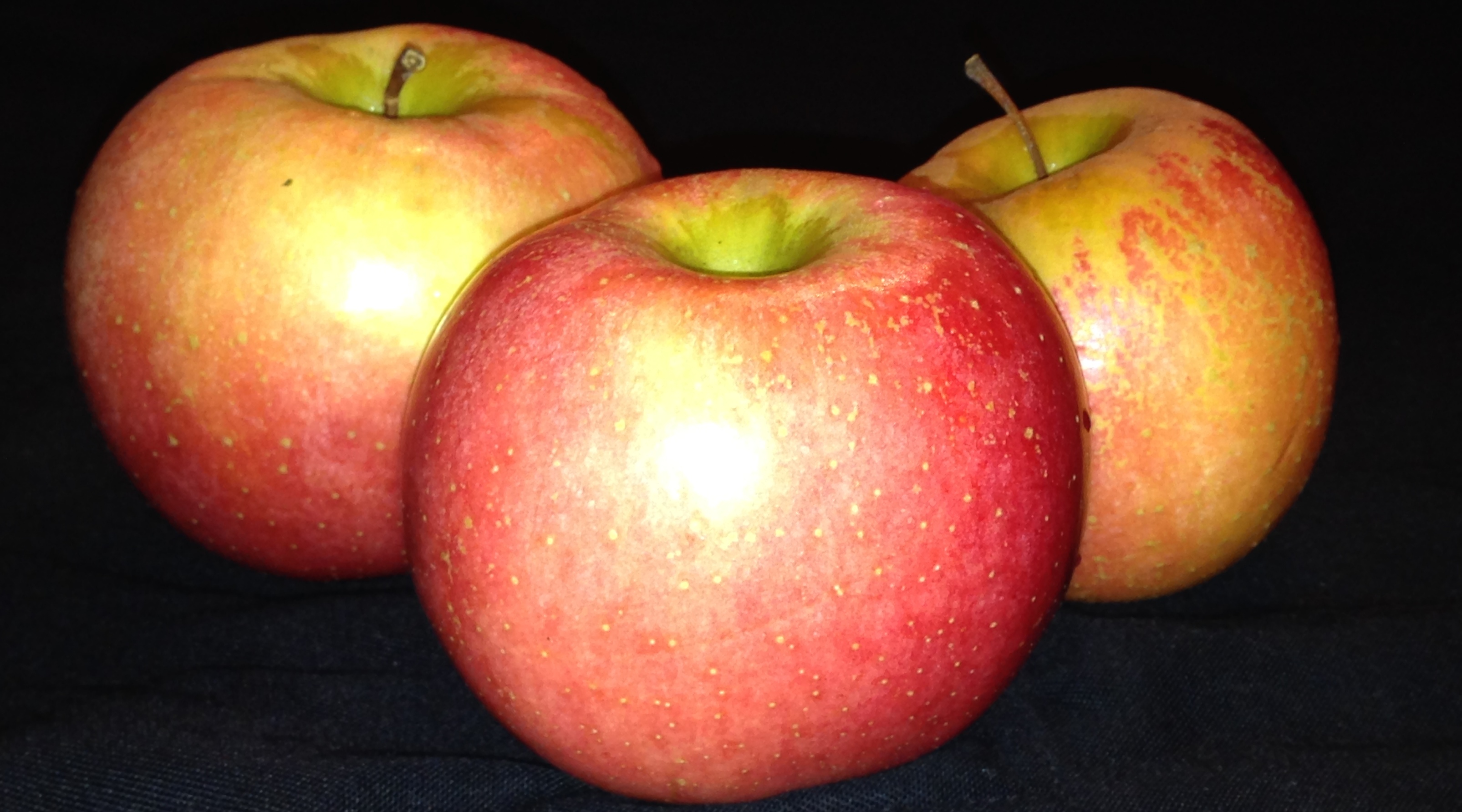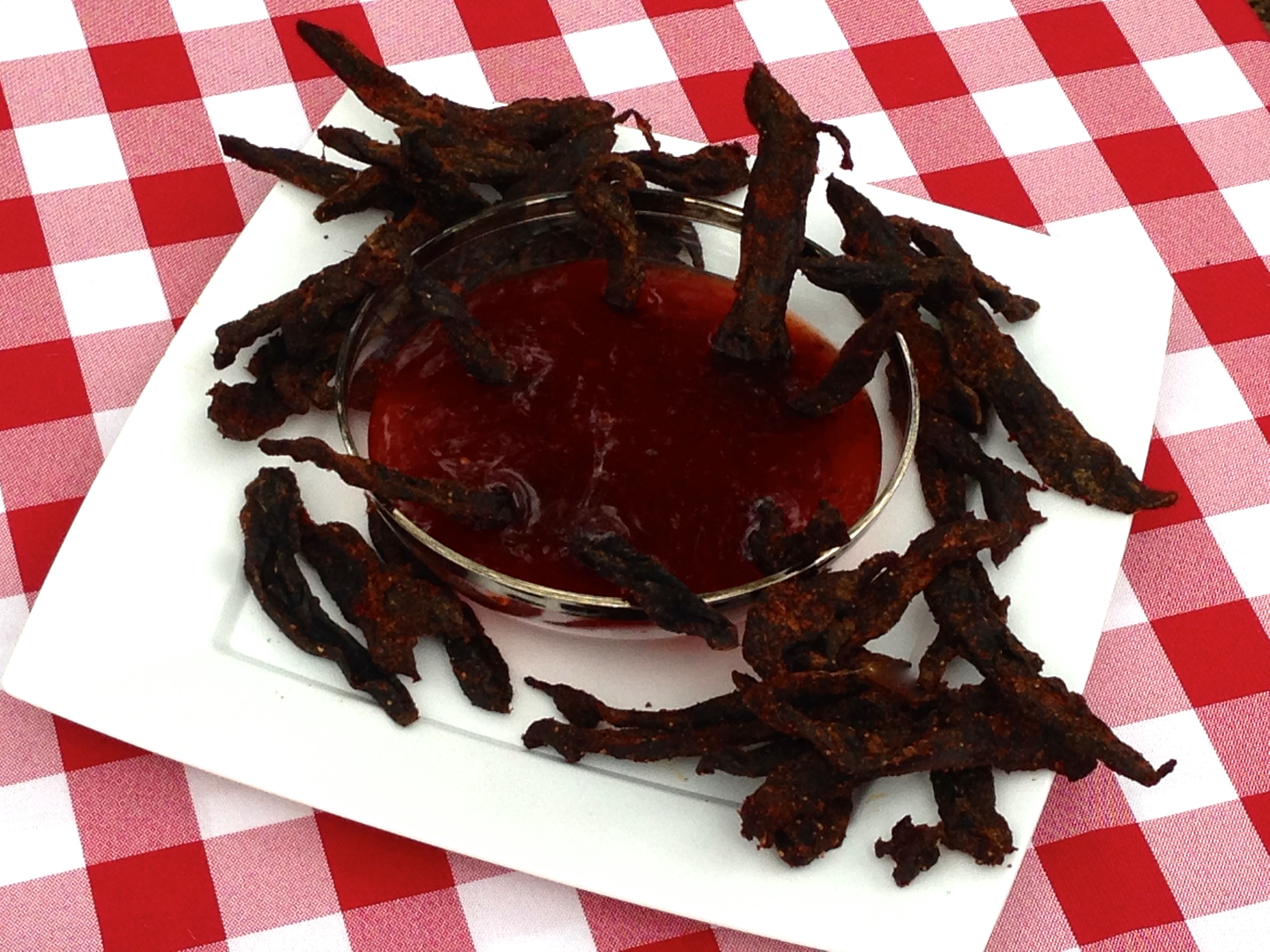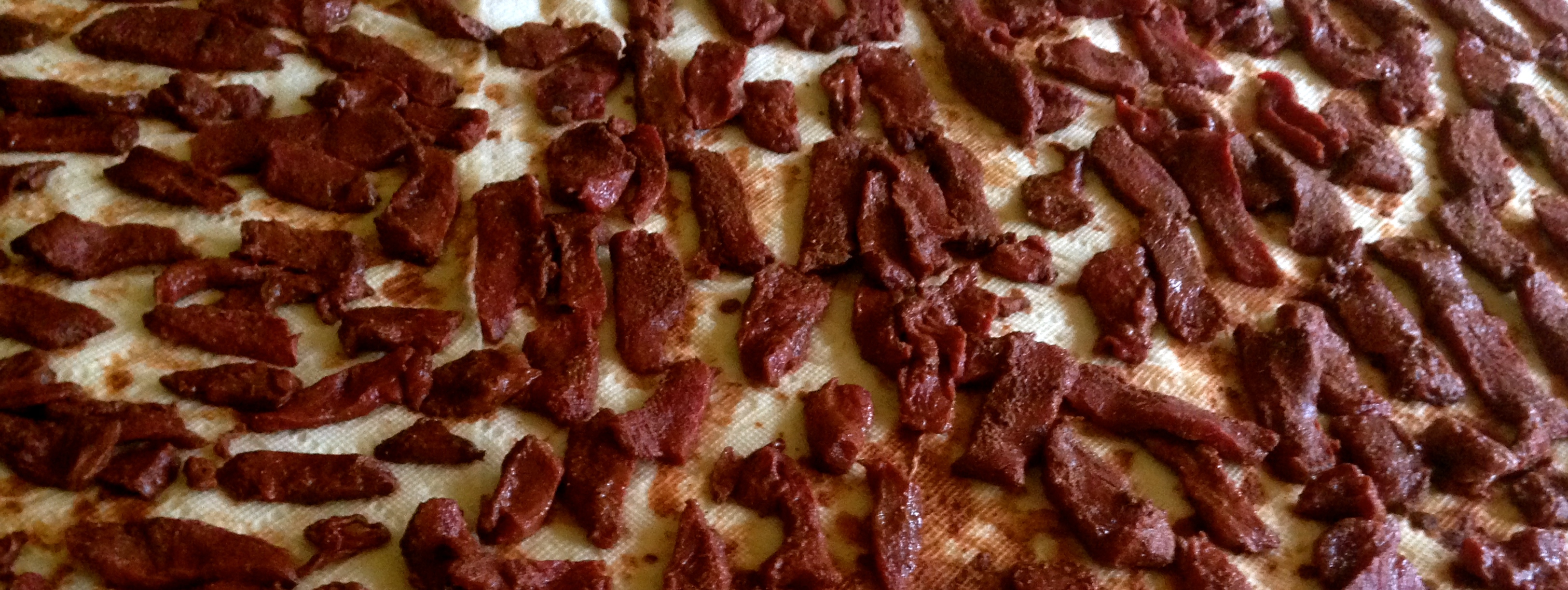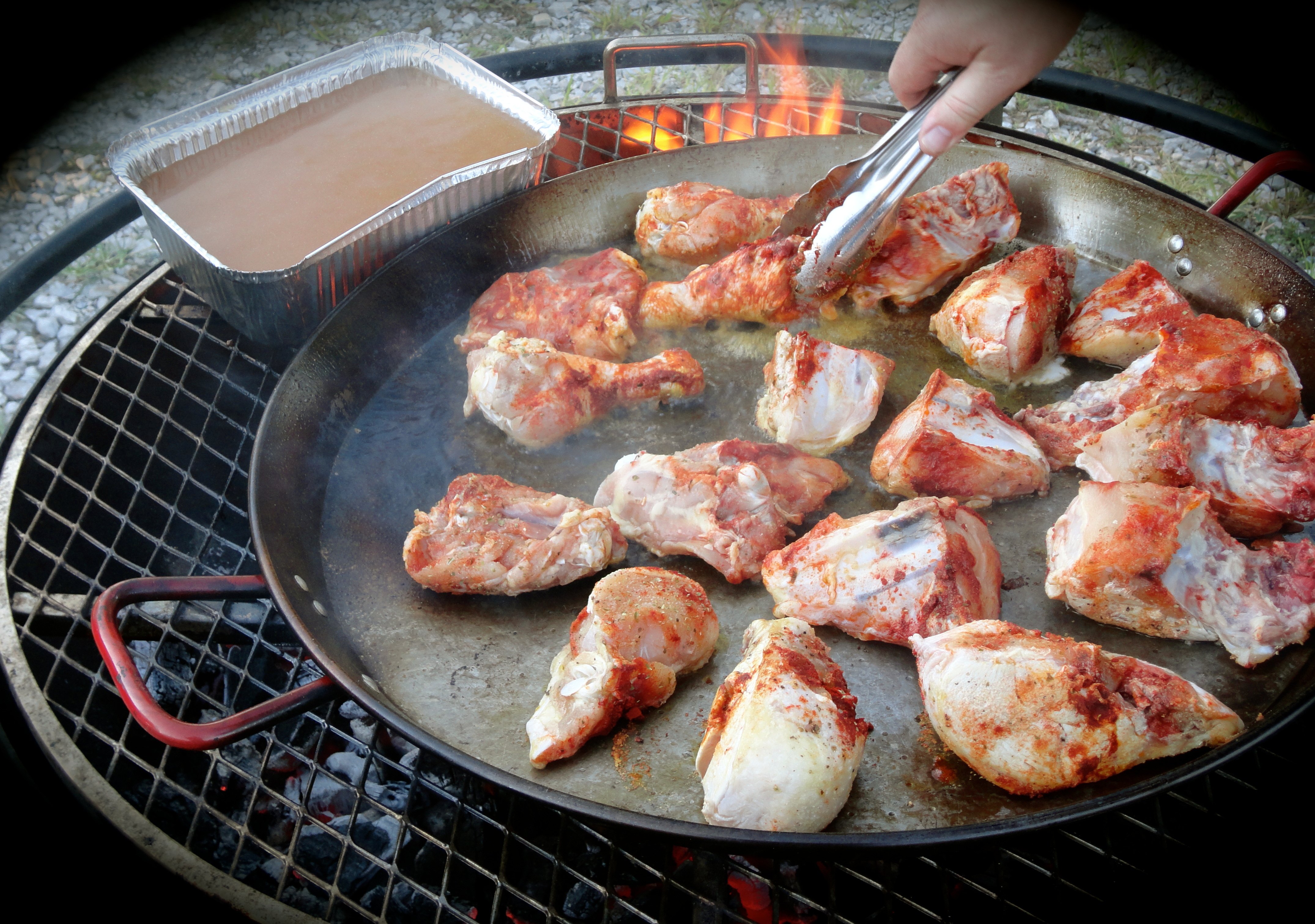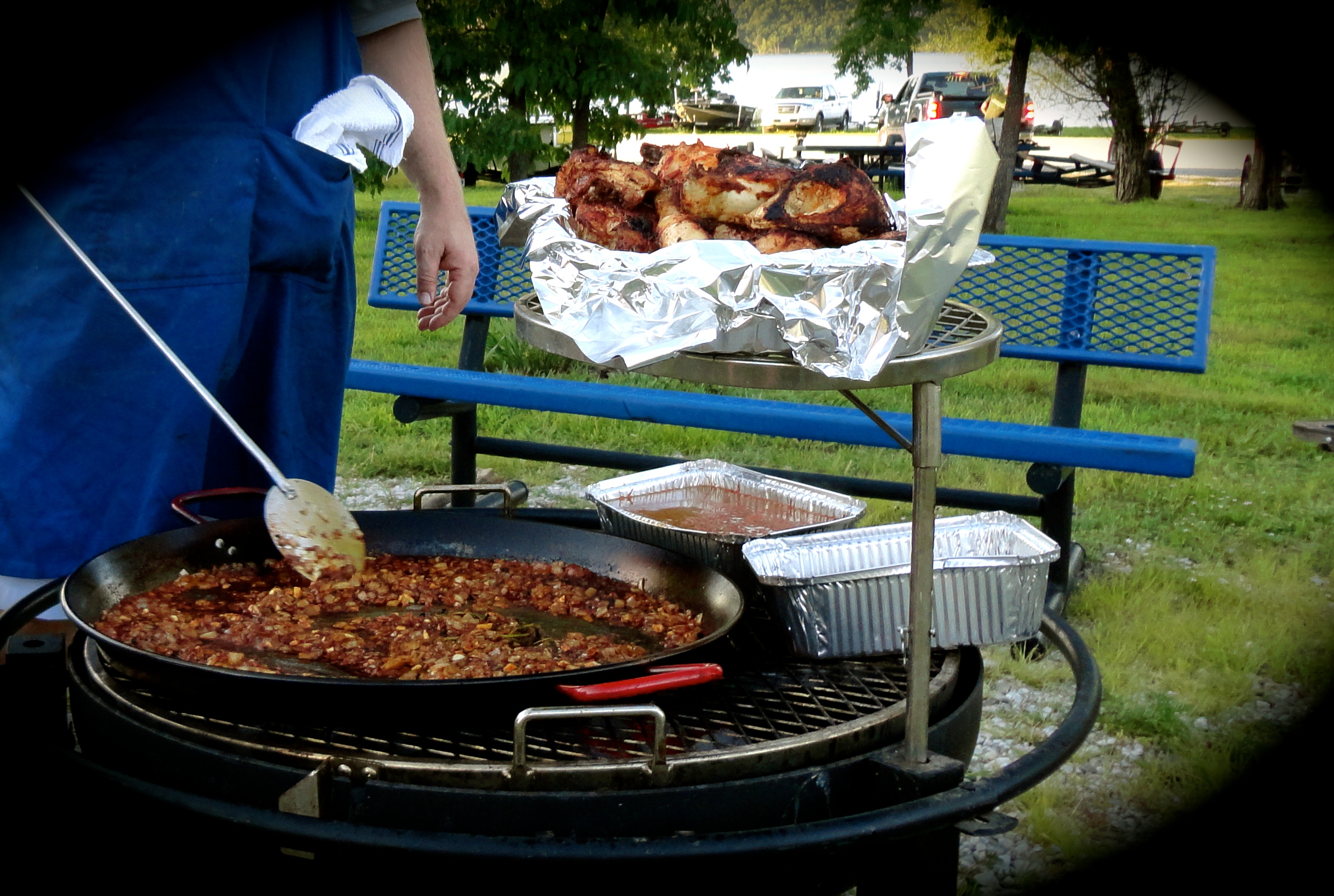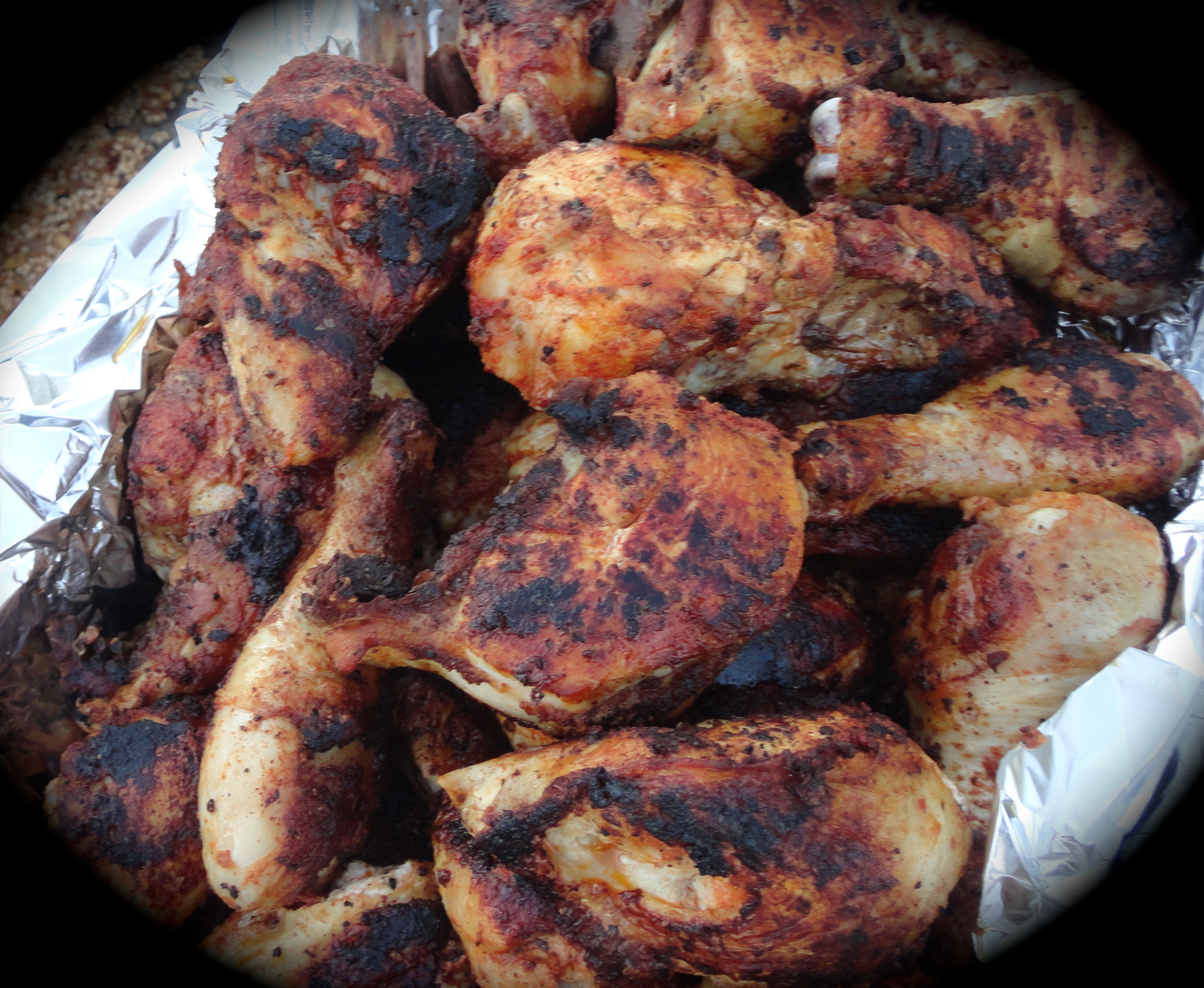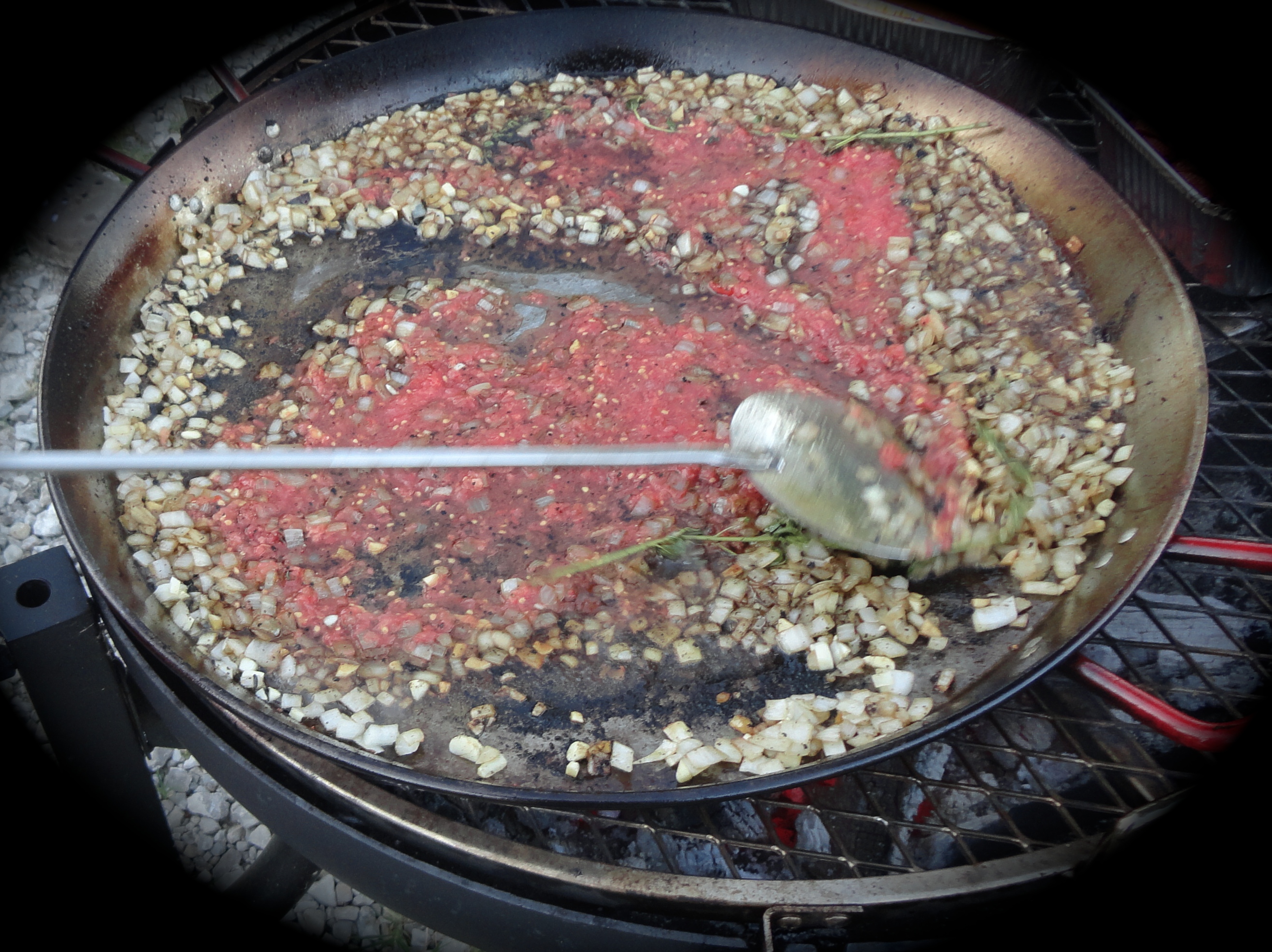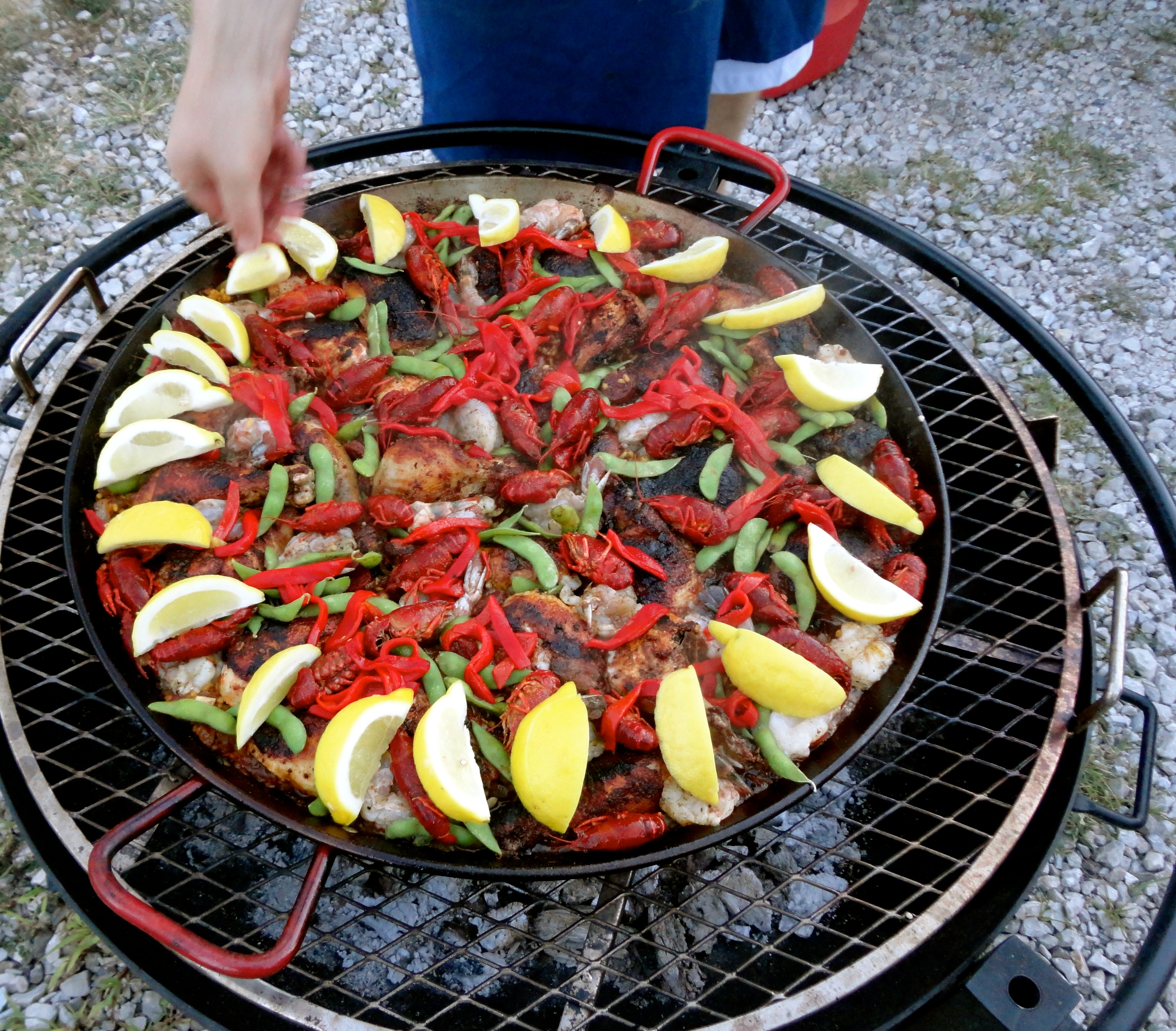Sometimes lore alone can sustain a tradition. Such was the case for me and the Christmas goose. All of my life, I have associated goose with Christmas, yet my first taste of this salty-fleshed fowl was on the eve of Christmas —just four years ago (and every Christmas Eve since).
How is it that the lore made it to South Arkansas, but the goose did not? Hmmm, let’s explore that a bit.
To start, the Boar is a fan of Dickens’ A Christmas Carol. Like a well-brewed winter lager, Ebenezer Scrooge seasons the holidays with just the right amount of bitterness. But not everyone appreciates the need for bitter during the Christmas season —take the wife-of-the-Boar for example, she proclaims that she prefers her holiday sans bitter. And when I grumble about Christmas lights, shopping, and other non-feasting aspects of the holiday, she calls me “Ebbie” —of course, by inviting me along for these outings what she is really saying is that she would like her serving of bitter on the side. But I digress, back to Dickens and the Christmas goose…
No doubt, Dickens is responsible for much of the lore about the Christmas goose, for he writes of its succulence in describing the pitiable plight of the Cratchit family and remarks how rare even that most affordable of birds is at their table. Interestingly, at the time of Dickens, goose was a very economical food-source, and turkeys were thought as extravagant, that’s why when Scrooge embraces the spirit and seeks to make an amends with the Cratchit family he sends for the big turkey —not goose. I bet the miserly Scrooge would “hum-bug” a few times at the price of a goose today…and my, my, what would he think of our hormone induced, beach-ball sized turkeys?
But the intertwining of goose with Christmas began well before Dickens dipped his quill in ink. In 1588 Queen Elizabeth I ordered all of England to eat goose for Christmas dinner in celebration of England’s victory over the Armada because it was the first meal she enjoyed after the Navy defeated Spain’s ships. So, the people of England were force-fed goose for Christmas —a bit ironic given that we now force feed geese to produce foie gras.
In ancient Egypt, goose was the symbol of the creator-god named “Amen.” Some believed that the universe itself was hatched from a “cosmic egg” produced by this deity —perhaps the inspiration for the fabled Goose that Laid the Golden Egg. As you might guess, a feast of goose in this time was a feast of symbolic and religious importance.
So, from the pen of Dickens, by decree of Queen Elizabeth, and through deification of ancient Egyptians, the lore of the Christmas goose has been propelled through the ages and across the globe —even to my cozy hamlet in South Arkansas. Now, let’s put it in the oven…
Geese hatch in the spring and are right for eating at eight or nine months old—making them perfect for Christmas. Geese are smaller than turkeys and the meat is much darker and richer. Unlike a turkey, the fat content of a goose makes it very unlikely that the meat will dry out during roasting.
Before cooking the goose, as with all fowl, you need to wash it thoroughly. The skin needs to be pricked several times to allow the fat to cook out during roasting. (I use a wooden skewer for this purpose).
Note that if you want to prepare a stuffing to be cooked with the goose, you will need to coordinate those preparations with the roasting of the goose. Sometimes I stuff and sometimes, I do not. This post focuses only on the goose.
Preheat the oven to 450 degrees.
I like to season the goose with kosher salt and fresh ground pepper including inside the cavity. Next I stuff the cavity with citrus (lemon, orange, or tangerine) and herbs (sage, rosemary, thyme).
Place the goose (breast side up) on the rack of a large roasting pan. Add enough water (or other liquid) to the bottom of the pan so that when the fat cooks out of the goose it will not burn.
Roast the goose with oven at 450 degrees for thirty minutes (this helps darken and crisp the skin). Carefully baste the goose with the fat and liquid from the pan. Reduce the temperature to 350 degrees and continue roasting for about twenty minutes per pound. I like to check on (and baste) the goose about every forty-five minutes. The goose is done when the juices run clear at the joints when punctured with a skewer.
Let the goose rest for at least fifteen minutes before carving.
Once the pan cools, be sure to retain the goose fat (liquid gold). The goose is good, but the fat is the prize. You can find many uses for the goose fat. My preference is to use it to roast potatoes and other vegetables for my Christmas Day Brunch. I also hear it is great for pancakes…
You can serve the goose dressed in elaborate garnishment, stuffed or unstuffed, or simply as unadorned lore of the season.
Devour the lore this Christmas, my friend.
